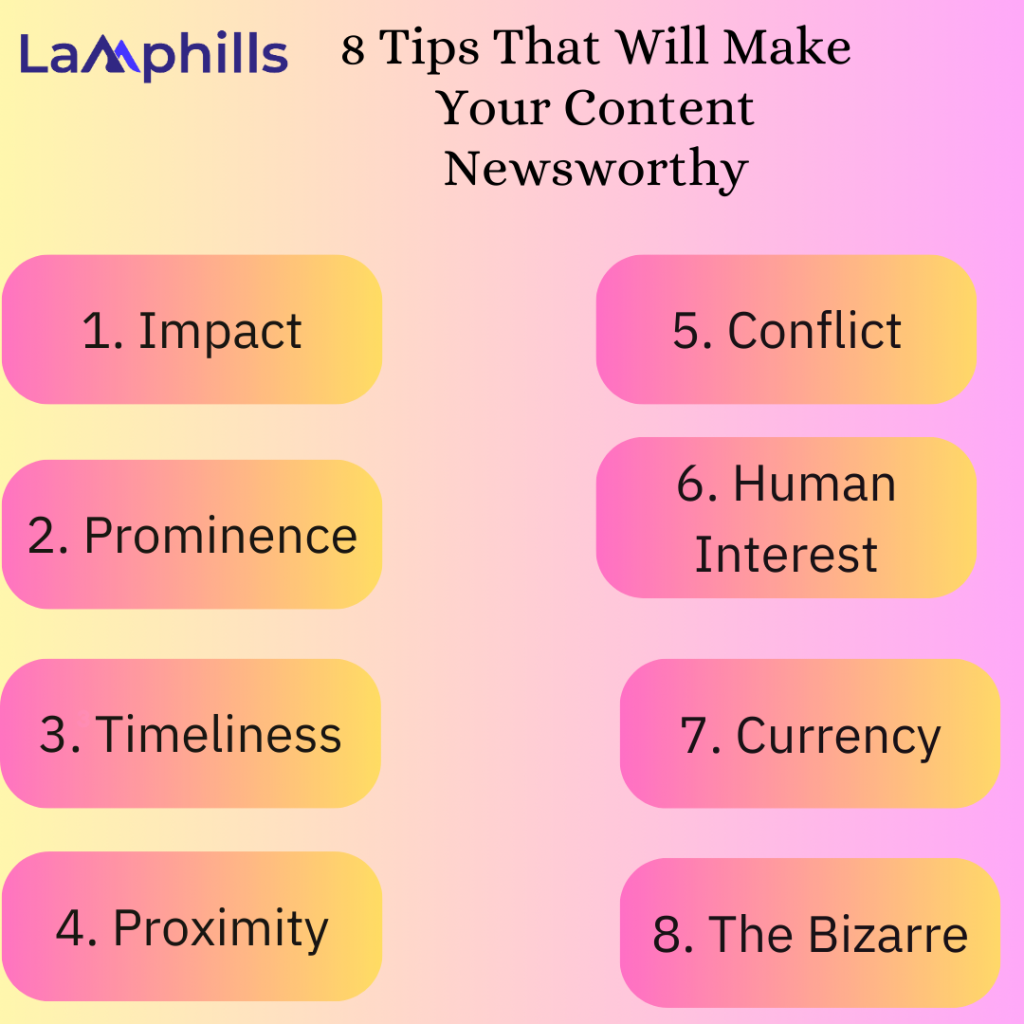Have you ever wondered why some news stories captivate the public’s attention while others fall flat? Let me introduce you to “News Values.” As someone who has been interested in journalism for quite some time, I know the importance of news values. They are the fundamental criteria used by journalists to determine the newsworthiness of a story, encompassing aspects such as timeliness, proximity, impact, prominence, conflict, human interest, and relevance. Understanding the significance of news values in journalism is essential for effectively identifying and reporting on newsworthy events.
In this article, I’ll explain the criteria journalists use to distinguish newsworthy events from the daily noise.
Key points
- News values are fundamental criteria used by journalists to determine the newsworthiness of a story.
- Understanding news values is essential for effectively identifying and reporting on newsworthy events.
- News values encompass attributes that increase the likelihood of a story being perceived as important or valuable by the public.
- Marketers and PR professionals must consider news values when creating content to secure media coverage for their reports, surveys, and studies.
- Impact, timeliness, prominence, proximity, the unusual, conflict, currency, and human interest are crucial in deciding whether a story is newsworthy.
What is News Values?

I can tell you that news values play a significant role in determining what makes the headlines. These values refer to the specific attributes that make a story more likely to be perceived as important or valuable by the public. But did you know marketers and PR professionals must also consider news values when securing media coverage for their reports, surveys, and studies? It’s true – neglecting to factor in news values during content creation can result in content that fails to capture the interest of publishers. I can attest to their significance and encourage anyone looking to create newsworthy content to keep these values in mind.
News Values Journalism
In journalism, news values refer to the specific attributes that increase the likelihood of a story being perceived as important or valuable by the public. Marketers and PR professionals aiming to secure media coverage for their reports, surveys, and studies must factor in news values during content creation. Neglecting to do so may result in content that fails to capture publishers’ interest.

What Are the 8 News Values and Definitions?
Here are the 8 tips and criteria journalists use to distinguish newsworthy events from the daily noise. You can also make your content newsworthy with the following:
#1. Impact
Also, sometimes called “significance,” the news value of impact concerns how many people are affected. Sometimes, something happening to one person qualifies as news, like someone winning the Nobel Peace Prize. But the impact is one-way journalists measure if a topic is worth investment. For example, if one store raises its prices, that’s not newsworthy. But if most stores raise their prices, that’s a different story (literally).
#2. Prominence
The news value of prominence concerns whether the story’s subject is well-known. A “normal” person getting their car stolen likely won’t make the news, but it probably will if a movie star’s car is stolen. What happens to celebrities, politicians, and other popular figures tends to attract more interest than what happens to other individuals.
In this example, since we weren’t going to snag an interview with Taylor Swift anytime soon, we decided to write about the progression of her career. Superfans will want to see if anything surprises them, and casual fans may be curious to learn something new. The newsworthy factor is that she’s a major public figure (with more than 92 million followers on Twitter), so the level of interest is naturally there.
When trying to come up with prominence-based pieces of content, ask yourself:
- How can you apply industry-related topics to famous figures?
- Who are the influencers in your space? Is there more context you can add about their contributions or their story? Are they willing to collaborate with you to create content?
- What is the political climate around your industry topic? Is there anything there to clarify for readers or elaborate on?
#3. Timeliness
The news value of timeliness answers the question: Is this topic relevant now? The most obvious example of timeliness is “breaking news,” or events that are currently happening or have just happened. As marketers, we rarely cover breaking news. Instead, we must consider what stories we can create that complement relevant, timely events.
Let’s look at an example. Rather than hiring writers to cover the game (which most relevant publications would already be covering), we considered what stories we could create to complement common Super Bowl topics. In this case, we added the context of which Super Bowl halftime shows were the most-watched in the last decade. This story is timely because it complements breaking news coverage about the Super Bowl. News sites can use stories like this to garner more traffic and engagement on their stories and encourage readers to check out other related pieces.
When trying to come up with timely pieces of content, ask yourself:
- What events happen yearly that are at least somewhat relevant to your industry?
- What is currently trending, and how can you complement those topics? Google Trends and Exploding Topics are great for this.
- What’s breaking news right now in your industry, and what part of the story isn’t being told?
#4. Proximity
All things being equal, people tend to care more about what’s happening near them vs. what’s happening farther away. In the case of news, it’s common for readers to care more about what’s happening nearby, as it can directly impact them. So, instead of talking generally or nationally about a topic, try to zoom in on particular areas or groups.
In this example, rather than exploring the urban heat island effect in the abstract, we focused on the 10 cities with the highest index, according to data from Climate Central. Now, people who live in the featured cities, like Baltimore and Providence, will likely have a much different reaction reading this than if they’d just read about the concept overall. It’s literally and emotionally closer to home.
When trying to come up with proximity-based pieces of content, ask yourself:
- Are there data sets you can use that include geographic information and lend themselves to being localized?
- If you know of a particular phenomenon happening nationally, how does it break down locally or demographically? Are there interesting and/or important differences by locale or group?
- If you know of a particular phenomenon happening in a specific place, can you investigate if it’s happening elsewhere or nationally?
#5. Conflict
Stories frequently include some form of disagreement. By nature, these narratives are typically contentious to some extent. Luckily, educators and university staff are generally seen as unbiased professionals. We can help reduce potential damage to reputation with these narratives while also improving the chances.
#6. Human Interest
Human interest stories are unique in focusing on aspects of our shared human experience, such as personal growth and unexpected acts of kindness. These stories often stand out from other news values and can add depth to stories lacking these human elements.
#7. Currency

Currency in news refers to whether a pitch is related to something already being covered, part of a larger trend or conversation, or a way to expand on previous reporting. This value highlights the idea that news leads to more news and emphasizes the interconnectedness of different stories.
#8. The Bizarre
The bizarre news value focuses on whether there is anything unexpected about a story. This value is best captured by a journalistic aphorism: The elements of the story are quite unexpected. It’s not something that happens every year or daily; rather, it’s something special and out of the ordinary. This emphasizes the significance of unexpected or unusual events in news reporting.
What Are the Criteria for Newsworthiness?
The key to securing news coverage lies in comprehending the news values list, which includes impact, timeliness, prominence, proximity, the unusual, conflict, currency, and human interest. These eight fundamental principles are crucial in deciding whether a story is newsworthy.
What Are the 5 Media Ethics?
Beyond the selection process, news values influence how journalists approach a story. Ethical considerations also come into play here.
- Impartiality and objectivity are paramount; journalists aim to show all perspectives on a topic fairly and accurately without including personal opinions or biases.I aim to show all perspectives on a topic fairly and accurately without including personal opinions or biases.
- Balance ensures that differing perspectives receive proportionate coverage. Recognizing and mitigating
- Bias is also crucial, as journalists are humans and may have subconscious leanings.
- Privacy concerns become a factor when weighing the public’s right to know against an individual’s right to privacy. Ultimately,
- The public interest serves as the guiding principle. Journalists prioritize stories that significantly impact or are relevant to their audience’s lives. Journalists aim to deliver trustworthy and informative content by navigating these ethical considerations.
Checklist on How to Make Your Content Newsworthy
What Are News Elements?
News elements, or news values, serve as essential criteria for journalists in determining the newsworthiness of a story. These elements encompass timeliness, which emphasizes the importance of current events; proximity, highlighting stories with local relevance or geographical closeness; prominence, focusing on significant individuals or institutions; significance, dealing with the impact or importance of news to the audience; unusualness, which covers extraordinary or rare events; conflict, involving opposition or disputes; and human interest, which includes stories that evoke emotion or relate to personal experiences. Collectively, these factors guide journalists in deciding which stories merit immediate coverage and public attention, shaping the news agenda and influencing what audiences learn about the world around them.
Who Coined the Term News Values?
The concept of news values was first developed by Norwegian academics Johan Galtung and Mari Homboe Ruge. They identified twelve standards that they argue define what makes a story newsworthy.
What Are News Values Objectivity?
The goal of objectivity in journalism is to assist the audience in forming their own opinions about a story by presenting only the facts and allowing the audience to interpret them independently. Journalists should adhere to objectivity by reporting the facts, regardless of their personal preferences or agreement with those facts.
Related Post
Brand Advertising: Elevating Your Brand Awareness
Best 8 Content Creation Agency in Nigeria 2024






